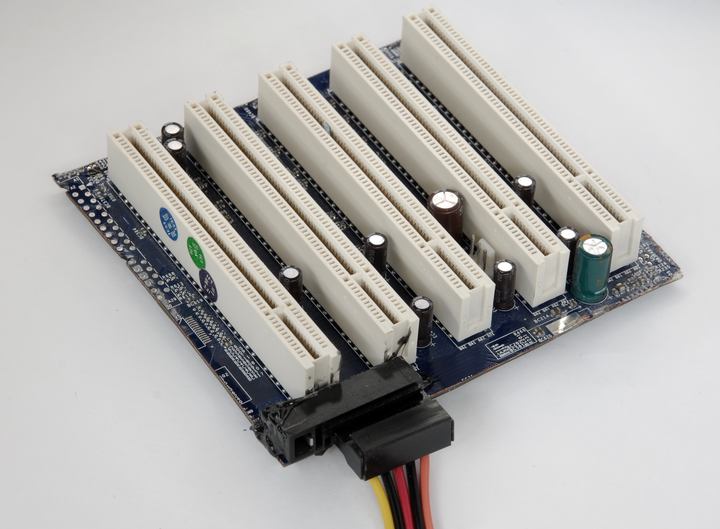Fast acting and instant wetting design allows for fast soldering. This non-corrosive, non-conductive flux is ideal where a strong, long lasting bond is needed. Page 1 of 2 - Soldering irons - posted in Scratch building: Id be most grateful for advice please about soldering irons. The cheap device pictured below is just adequate, but very limited. No it's about machines that are slimmer, lighter and far less likely to break, soldering RAM is easily the best option for all these reasons from an engineering point of view, when the amounts available are so large there is no need to upgrade and the benefits of soldered RAM far outweigh the ability to satisfy a few cheapskates. The notebook has 2GB memory (1067MHz) soldered on the motherboard and an additional DIMM slot ready for up to 4GB 1333MHz memory expansion. Billp117, Kirkland, WA T410-SSD, X200, X100e, 2-T61, T60, 3-T43, T43p, TR451, X41t, X21, 701c.
I've got an Asus P5B Deluxe motherboard. Today I tried adding some new RAM to take it from 4GB to 8GB. The board is about 6 years' old. I've never used the black RAM slots before, only the yellow ones (2x2GB in slots 1 and 3).
My system only sees 6GB, not 8GB. I've tried various combinations of the RAM, get the same result.
To check the new RAM wasn't defective, I tried it in slot 1, a known good slot. All 4 sticks of RAM worked in slot 1, so the RAM wasn't faulty.
All 4 sticks work in every slot except slot 2 (the first black RAM slot). If I put any stick in slot 2 - old or new - the PC is dead, it won't even boot to the BIOS.
So it looks like I have a defective RAM slot.
Does anyone know of any way to fix this? The board is too old to RMA. I've tried an emery board down the defective slot, and I've tried squirting WD40 down it. No improvement.
Does anyone have any other ideas on how to get that bad slot working?
Thanks!
Ram Slot Solder
The Museum of HP CalculatorsRam Slot Soldering Iron

HP Forum Archive 14
[ Return to Index Top of Index ]
|
|
|
|
|
|
|
|
|
|
|
|
|
|
|
|
|
|
|
|
|
[ Return to Index Top of Index ]
Go back to the main exhibit hall